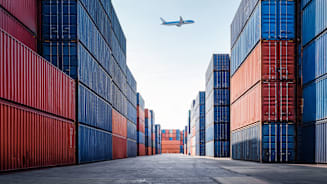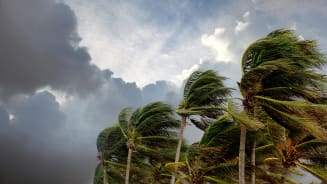Cyber Risks on the Horizon
While cyber attacks on the natural resources sector have previously focused on disabling systems to extort ransom payments, the convergence of IT and operational technology (OT) systems has introduced new risks. Attacks today target OT, such as industrial control systems or supervisory control and data acquisition devices used in the renewables industry, to enable remote and on-site gathering of data from equipment in far-off industrial sites, including wind farms. In H2 2022, 74 percent of the 688 published vulnerabilities in cyber-physical systems affected OT devices. This indicates that backdoors into OT systems are there and could potentially face future exploitation.4
Moreover, as renewables companies digitalize their operations and adopt new and emerging technologies to manage renewable energy supply chains, materials processing and infrastructure, their exposure to cyber threats is likely to rise. Unlike traditional gas and nuclear power plants, smaller renewable installations in Europe run on third-party systems that are digitally connected to the power grid and below the power-generation monitoring threshold set by safety authorities.5
Talent shortages compound the industry’s cyber risk. As cyber risk rises, companies across industries need employees with specialized IT and cyber security skillsets that can help to specifically address exposures in OT systems — and the renewable energy sector is no different.
The people perspective also comes into play when considering how to build good cyber hygiene and alleviate weaknesses in cyber defenses. Third-party vendors may periodically conduct maintenance and service on remotely controlled assets. This can increase exposure, as renewables organizations may not be able to ensure cyber security training standards for these individuals. Therefore, the risk of an infected USB on-site or the hacking of a personal email that contains important access information becomes that much greater.









































































































































































































































































































































































































